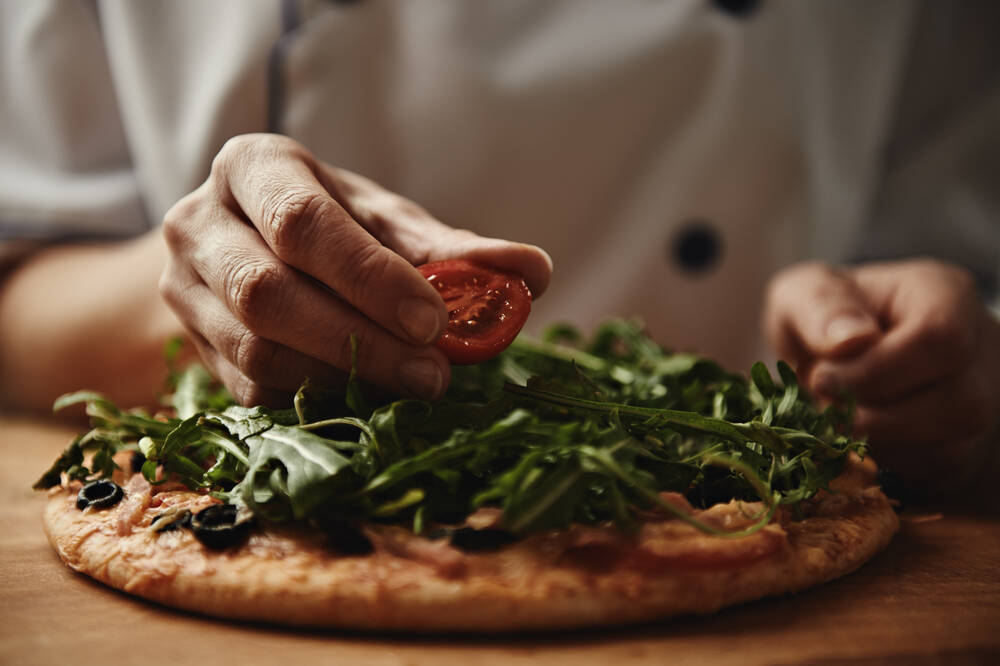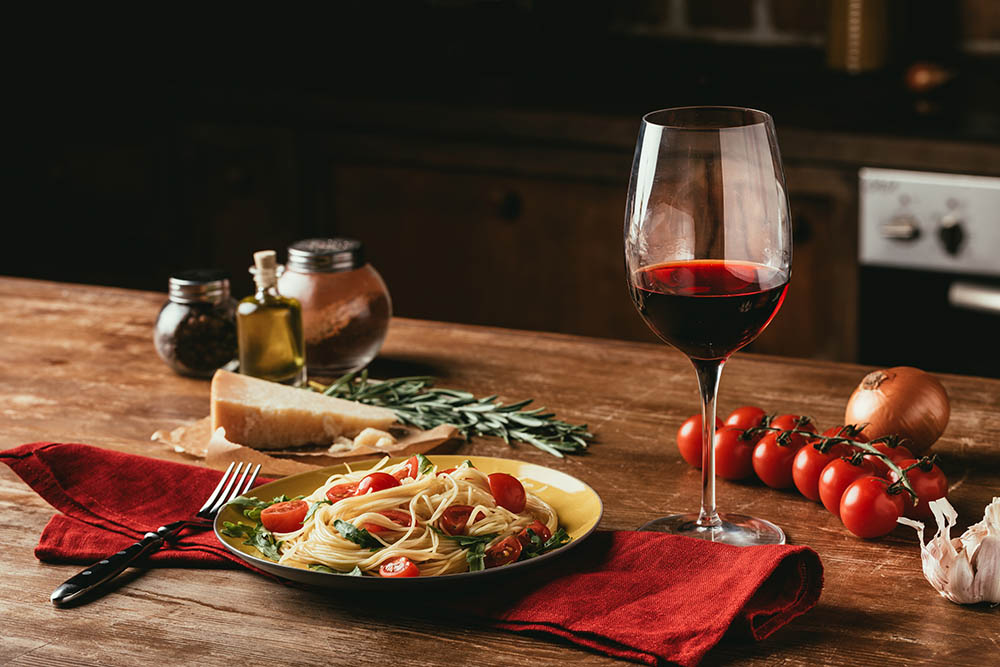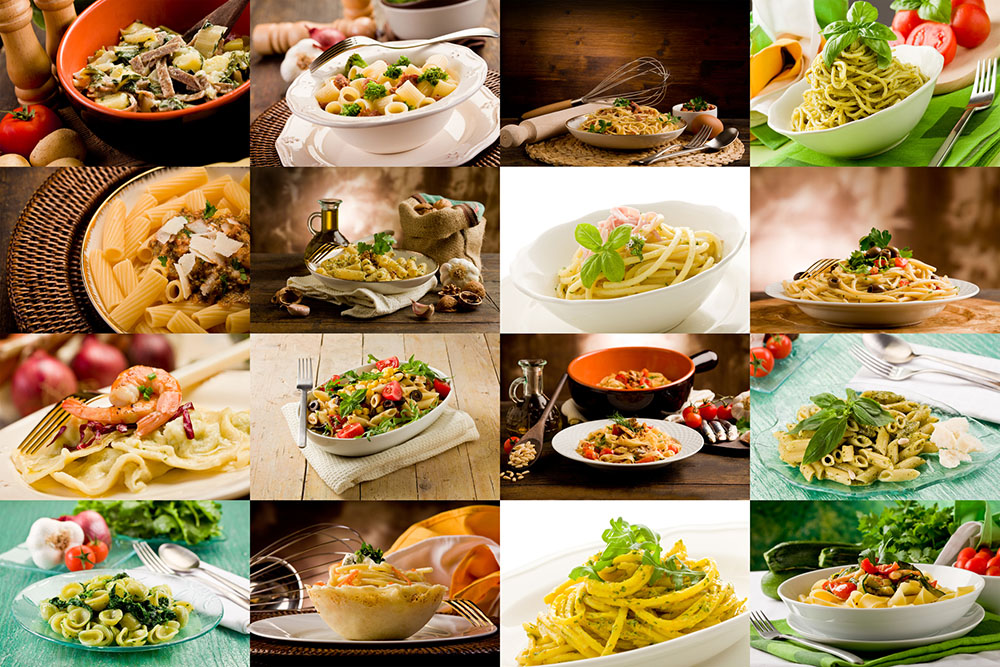Think of Italian cuisine…a large-size pizza chock full of melted cheese pops up. However, Italian food culture (centered on Mediterranean meal patterns) is beyond pizza, pasta, lasagna, and dolce vita gelatos.
Did you know the Mediterranean diet is one of the best choices for a vegan diet?
As per the US News and World Report 2022, Mediterranean gastronomy is the “Best Plant-Based Diet, Best Heart-Healthy Diet, Best Diabetes Diet, Best Diet for Healthy Eating, and the Easiest Diet to Follow”.
Read on to delve into Italian food facts that can help you with healthy diet options and stay fit.
Table of Contents
What to Eat When on an Italian Diet
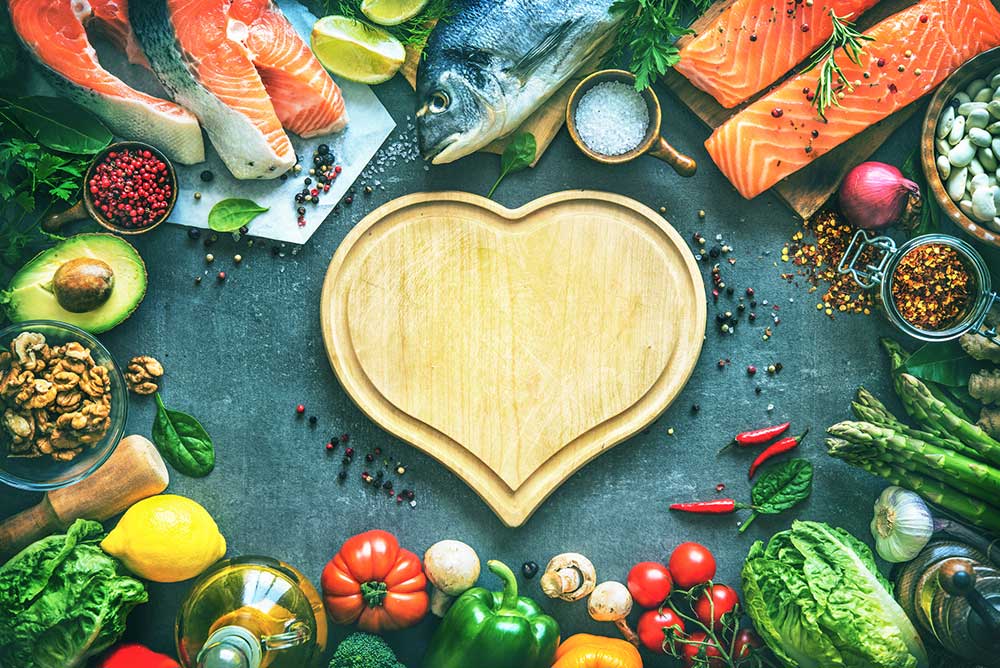 Italian food is made of fresh seasonal produces- farm-fresh veggies, pasta, olive oil, milk, cheeses, yogurt, fishes, meats, and wine. In general, a home-based Italian diet comprises three large meals, mostly combined with 1-2 snacks portions:
Italian food is made of fresh seasonal produces- farm-fresh veggies, pasta, olive oil, milk, cheeses, yogurt, fishes, meats, and wine. In general, a home-based Italian diet comprises three large meals, mostly combined with 1-2 snacks portions:
Breakfast (Colazione)
Italian breakfast meals are light carb-based diet, including-
- Coffee (espresso, latte macchiato, cappuccino, mocaccino, or marocchino)
- Biscuits/cookies
- Bread (with spreads like butter, honey, jam, gianduja, etc.)
Those eating breakfast at a local ristorante (Italian for restaurant) may order items like focaccia, bombolone, or croissant. Weekend breakfasts are special, comprising pies, pastries, and other delicacies.
A healthy breakfast consists of homemade bread with herb-infused olive oil spread, tomatoes, and sauteed salami. There are similar options to start the day with the perfect balance of carbs, proteins, and micro-nutrients.
Lunch (Pranzo)
Lunch is the most important meal of the day in Italy, generally comprising two courses with a side dish and fresh fruits.
Primo is the first course that may include soups, pasta, rice, pulses, risotto, or boiled foods such as polenta.
Secondo or the second course mainly includes protein-rich foods such as meat, fish, and egg, alongside dairy products- cheese, yogurt, etc. The second course is often paired with 1-2 side dishes green salad (Insalata), raw/cooked veggies, roasted artichokes, etc.
Regular healthy lunch ends with a serving of fresh seasonal fruits. People in Italy also prefer a cup of espresso or mochaccino (café mocha) with lunch. A cup of coffee is usually followed by a serving of Ammazzacafé (known to reduce the caffeine impact) or wine.
A serving of appetizers (aperitivo) preceding the primo is evident in the lunch menu during holidays, festivities, celebrations, etc. Fruits are replaced by Dolci for such four-course lunch.
Snack (Merenda)
Merenda is a light snack break before lunch (10-11 a.m.) or mid-afternoon (4-5 p.m.). It can be a low-calorie option with a serving of fruits. Typically, Italian restaurants offer sandwiches (panini or tramezzino) and desserts as snacks. And those with a sweet tooth prefer ice cream in summer.
Supper/Dinner (Cena)
Dinner is an integral part of the diet before going to bed. Mostly it is a two-course meal with sides and sweets similar to lunch. However, there are only light foods on the supper menu. Regular dinner may have the same items prepared for lunch alongside a protein-packed dish (meat/fish). A side dish may have soup and bread.
Benefits of the Italian Diet on Health and Well Being
Everyone knows the eminence of thriving on a balanced diet, and this is super easy with Italian foods and the health benefits certainly make it an excellent choice of cuisine for the health conscious. Most dishes in Italian cuisine are prepared with fresh vegetables, fruits, cereals, and olive oil.
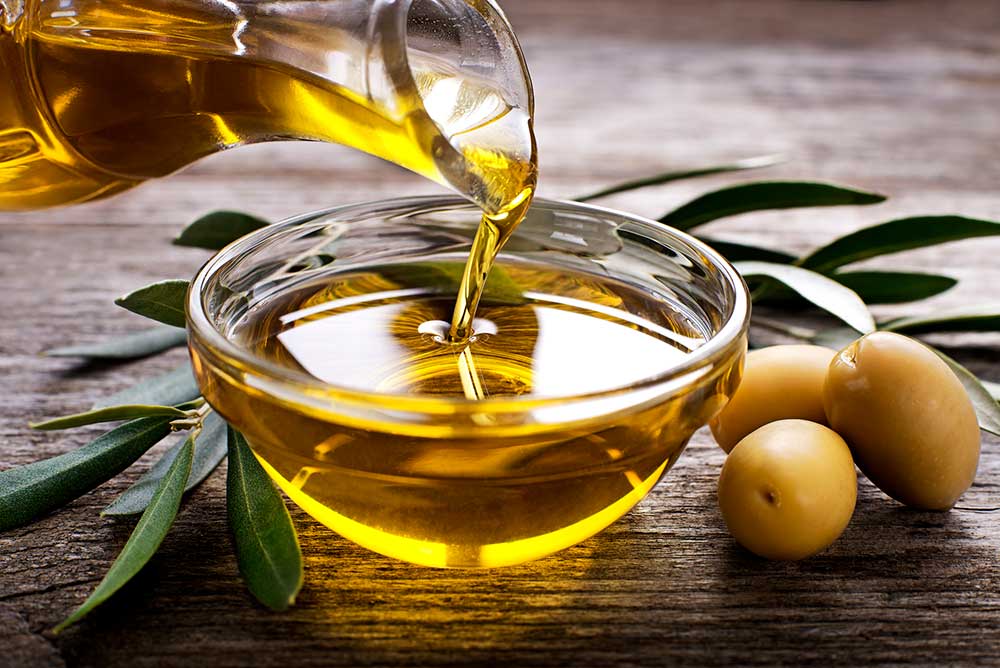
Olive Oil- The Best Cooking Oil for Good Health
Italy is the second largest country in olive oil production, with a record of 366,000 tonnes in 2019-20. Extra virgin olive oil is one of the best cooking oils (excellent for prepping food at high temperatures) with 73% monounsaturated fat (oleic acid). This oil constitutes 11% polyunsaturated fat, a rich source of omega-6 and omega-3 fatty acids.
Olive oil also has vitamin E, K, and antioxidants that fight inflammation in the body and prevents free radicals (responsible for cell damage and premature aging).
Regular consumption of olive oil offers an array of proven health benefits-
- Reduces the risk of cardiac diseases and type-2 diabetes
- Soothe and prevent inflammation
- Reduces the risk of strokes
- Promotes weight loss when paired with the Mediterranean diet
Fiber-Rich Daily Diet to Stay Fit and Active
Cereals, pulses, and vegetables are the chief ingredients in Italian gastronomy. Dishes made with whole-grain pasta are excellent for weight management. Eating fiber-rich foods supports the digestive system/ metabolism and lowers bad cholesterol.
Low in Fat and High in Protein
Meals made with white meat, fish, and seafood are excellent sources of protein. Fish is low in fat and an excellent source of protein, power-packed with essential minerals (iron, magnesium, potassium, and zinc), vitamins (D and B2), and fatty acids (omega-3). Eating fish twice a week in the Mediterranean diet is beneficial for health.
Say Cheese to Good Health
Cheese is a vital part of many mouthwatering Italian recipes. This is where you can draw the line with ease. Using low-fat cheese in moderate quantities actually confers a series of health benefits:
Cheese is a rich source of calcium, so it makes your bones and teeth strong. The dairy-based protein in cheese helps repair muscle tissues and maintain accurate fluid balance in the body. Vitamin B-12 (Cobalamin) aids brain functioning and promotes the production of red blood cells.
Mediterranean Diet Pyramid- A Great Resource for Healthy Eating
Mediterranean diet mainly encompasses the traditional culinary best practices among people residing in regions adjacent to the Mediterranean Sea. Based on the food patterns, the European Office of WHO, Harvard School of Public Health, and Oldways Preservation and Exchange Trust developed the Mediterranean diet pyramid. Following the recommendations in the pyramid can help you with healthy eating…no matter where you live.
Herein is an overview of how to eat right with a Mediterranean diet:
- Base Tier- Core foods including vegetables, cereals, fruits, legumes, nuts, seeds, herbs, and spices (should be part of all meals)
- Second Tier- Fish and seafood (twice per week)
- Third Tier- Dairy and poultry such as milk, yogurt, cheese, cream, eggs, and chicken (eat in moderate portions- daily/weekly)
- Top Tier- Meat and sweets (eat less often)
Drinking water is crucial in the Mediterranean diet. Alcoholic drinks should be taken in moderate quantities.
Wrap Up
Italian culinary art is largely based on Mediterranean diet basics that let you make healthy food choices. Those following a weight management regimen can achieve fantastic results with the Italian diet.
It is all about picking the right ingredients for daily cooking. Replace the regular pasta with whole wheat varieties. Eat salads and veggies every day in proper portions. Prepare meals with extra virgin olive oil since it has monounsaturated fats that help with weight loss.
Avoid creams, sugary desserts, and high-fat cheeses in your daily diet. Low-fat parmesan or cottage cheese are suitable alternatives. Make Dolci with fresh fruits, honey, and nuts to satiate your sweet tooth.
